Patient, Staff Satisfaction Biggest ROIs of Trauma-Informed Hospice Care
Hospice News
OCTOBER 23, 2024
Early childhood and cumulative lifetime trauma experiences can have negative impacts on an individual’s end-of-life experience, according to findings from a recent study published in the Journal of the American Geriatrics Society (JAGS).




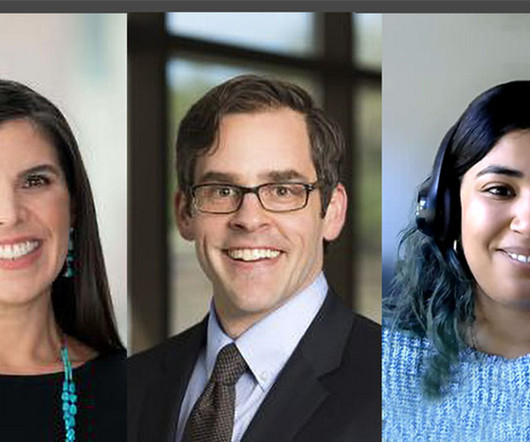
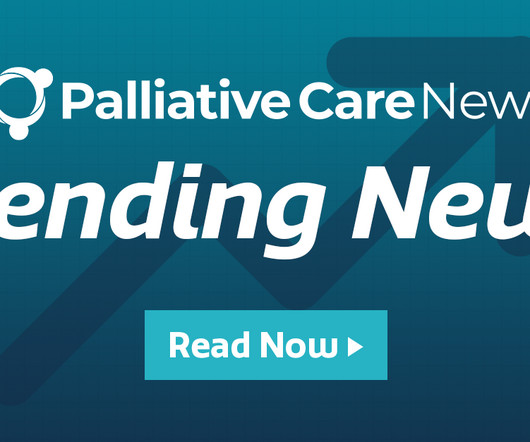
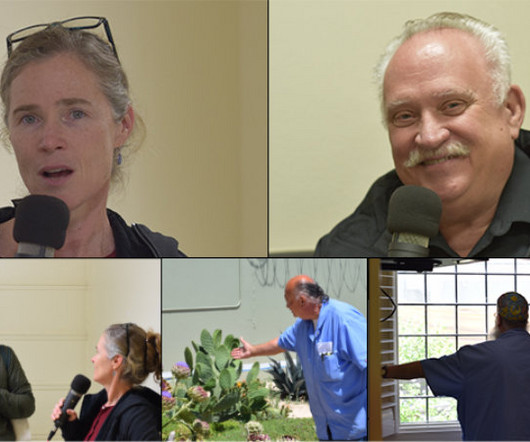

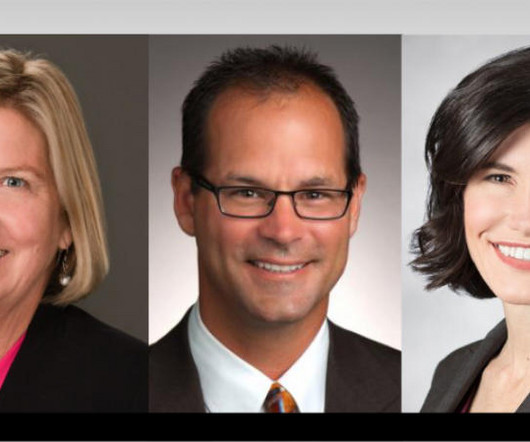
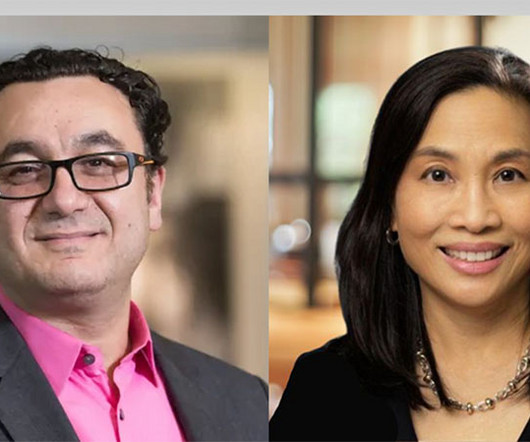






Let's personalize your content